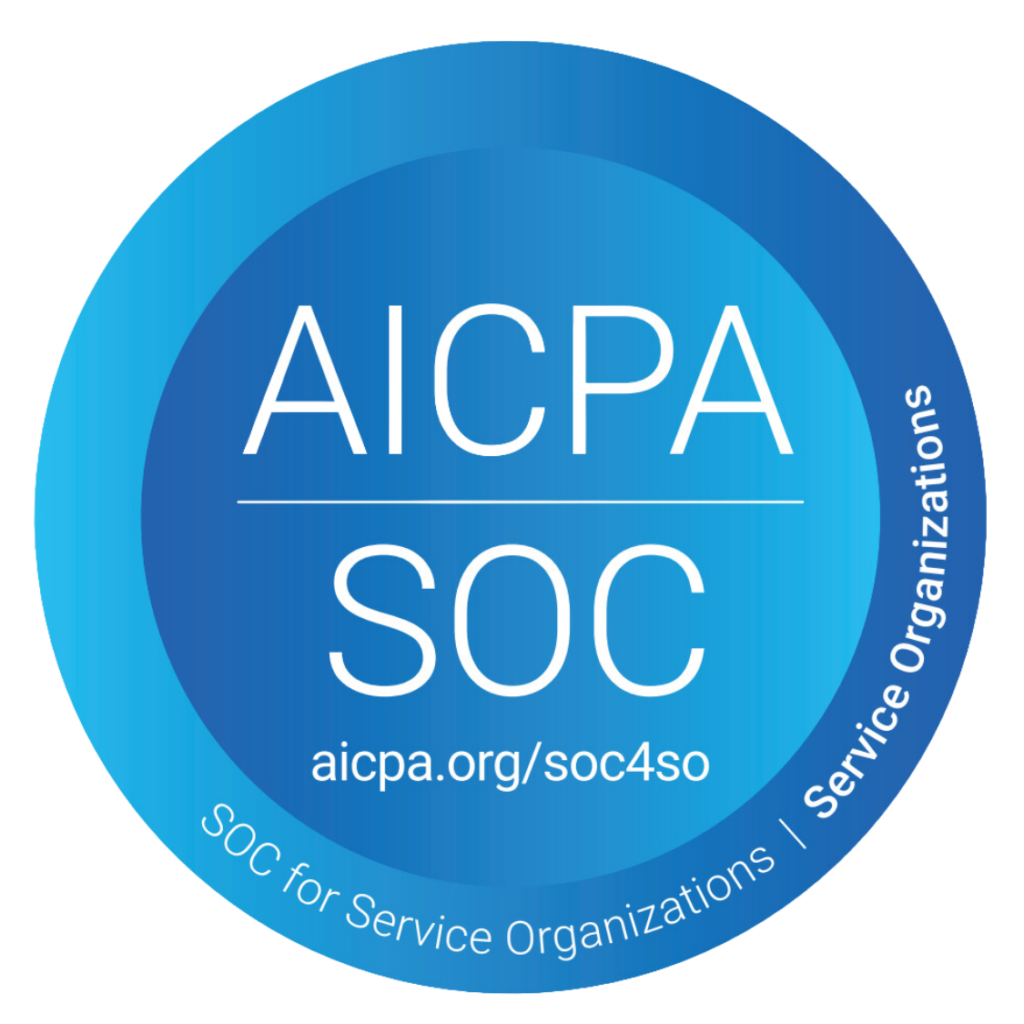When you work with a PBM to provide a pharmacy benefit plan to your employees, overall plan cost and medication cost for members are two important factors to consider. But the role of lowest net cost in pharmacy benefit plans ultimately depends on which type of PBM you are working with – traditional or a transparent, pass-through PBM – as each handle this very differently.
What is lowest net cost?
Lowest net cost is commonly talked about in pharmacy benefits. Lowest net cost is the retail cost of a specific medication minus any discounts and any rebates offered to the company for choosing that medication.
It’s important to note that lowest net cost doesn’t always benefit the plan member in a traditional PBM model. Rebates or discounts that result in a drug being identified as the lowest net cost option are often not transferred to the plan nor the plan member. In many cases, a drug has a lower net cost because of the rebate offered. The rebate results in that drug being promoted in the formulary over a drug that is much lower in cost but has no rebate. The traditional PBM promotes the higher cost drug with the rebate, and this is really driving the decision and not the drug cost to the plan member.
Alternatively, with a transparent pass-through PBM, our focus is always on the cost for both the plan and the plan member. There are many factors at play than looking at the lowest net cost of one medication, and we consider all of these when designing a formulary.
What is spread pricing?
Another term often discussed in the industry is spread pricing, which is another way traditional PBMs generate revenue. Spread pricing is a markup strategy where the PBM pays the pharmacy a specific price and then charges the plan a higher price for that medication.
Alternatively, a true transparent pass-through PBM only makes money based on an administration fee. Our sole source of revenue is based on plan administration which allows us to truly manage the plan and minimize the overall cost to both the plan and the member.
What’s the benefit of a transparent, pass-through PBM?
Transparent PBMs charge plans an administration fee that’s clearly outlined in the contract. Any savings gained from price negotiations or rebates are passed directly to the plan holder, rather than contributing to the PBM’s profit.
This is just one reason why MaxCare is committed to transparency and communication with all our plans. We want our plans to understand exactly what they are paying for and how working with us can save money for both the plan and the plan members.
How can we help?
When you are choosing a PBM to administer your pharmacy benefits plan for your greatest company asset, your employees, remember that lowest net cost doesn’t always mean the lowest overall cost for the plan or member. We take the time to ensure our clients understand exactly what they are paying for and the impact to the plan and members.
If you have additional questions about pharmacy benefits, we’d love to talk to you about the MaxCare difference. Contact us today!



